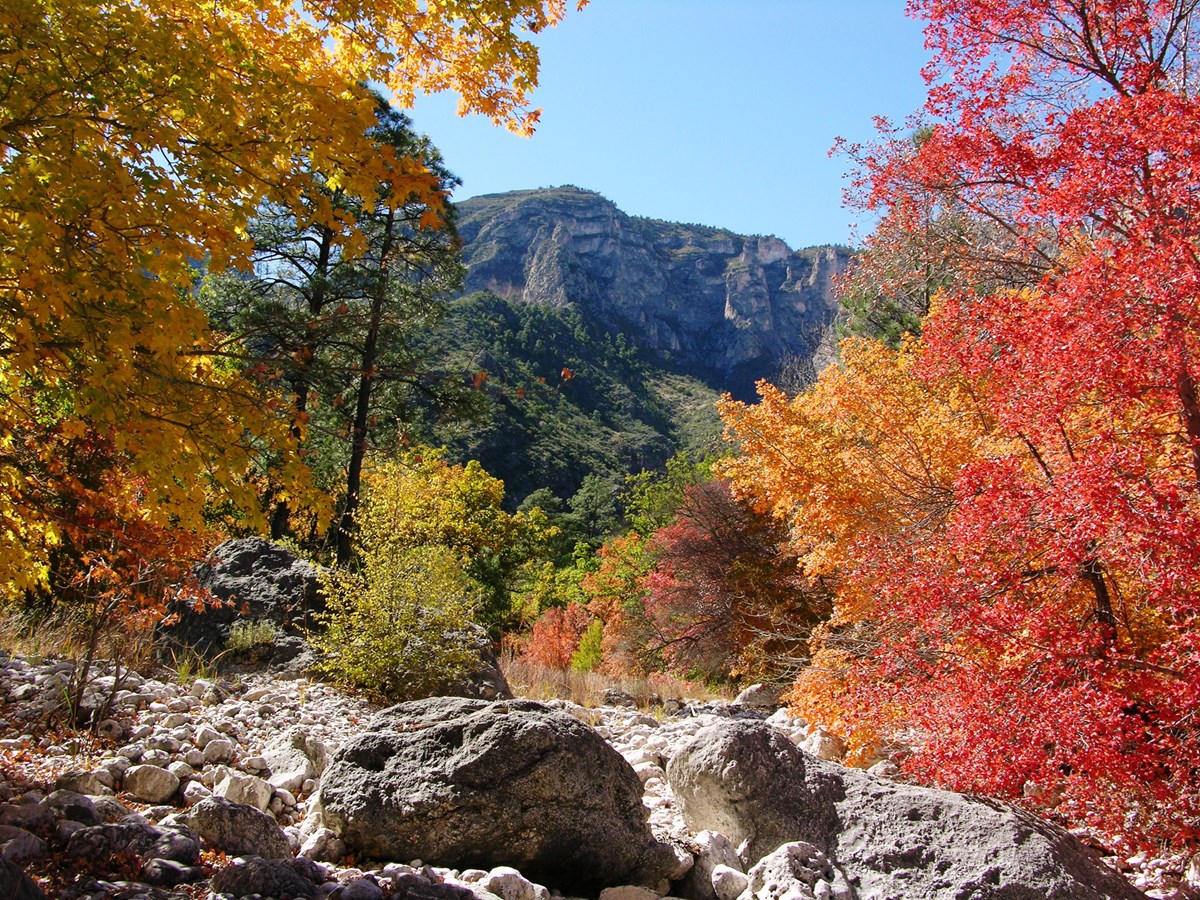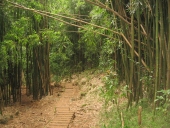
 3
3








A) Tropical- hot and humid, average temperatures are greater than 64°F (18°C) year-round and there is more than 59 inches of precipitation each year
B) Dry- dry (not humid) and little precipitation
C) Temperate- warm and humid summers with thunderstorms and mild winters
D) Continental- warm to cool summers and very cold winters. In the winter, this zone can experience snowstorms, strong winds, and very cold temperatures—sometimes falling below -22°F (-30°C)!
E) Oceanic/Mediterranean- more average temperatures, not too hot in the summer or cold in the winter, usually has rainy winters and dry summers (source)


 3
3




The original Silicon Valley hillbilly.

 1
1




S Tenorman wrote:I'm very new to fruit trees, only about three years experience total in trying to grow them here.
Zone 8a. Southern Utah (border of AZ/NV/northern edge of Mojave Desert) Low humidity during most of the summer (low teens to single digits percentage wise) although we do get some monsoonal rains/moisture for a few weeks of the summer.
I believe it's an average of 8" or 9" of rain on average for the entire year. 105f +/- a few degrees for three months of the summer.
I planted about thirty fruit and nut tree two years ago. Half of them have died (probably due more to neglect/ignorance than their hardiness here) the other half are hanging on.
One is thriving though, and it's basically been in the same conditions as all the others. It's very dense red clay, high alkalinity soil. I'm doing the deep mulch/wood chips method, and they were close to 2' deep when initially laid out around all the trees.
Li Jujube.
I planted one two years ago, and it is thriving. Dozens of fruit the first year (the tree was about four feet tall when it was originally planted and grew to about 8' tall by the end of the first year), and at least 100 fruits this last year (with a lot of outward, and upward growth again). The tree's trunk is bigger by far than any of the other fruit or nut trees I planted at the exact same time.
No pests I've seen on it, and it just looks happy growing here. It does get watered regularly by my irrigation, though.
I like the fruit both when it's apple like (tastes like a mediocre sweet apple to me), and it's even better when left to dry on the tree (sponge cake like/date like). My dogs enjoy eating them either way, and so do the chickens.
Copied and pasted from a website;
"The Jujube originated in China and its fruits are often referred to as Chinese Dates. It withstands wide ranging temperatures; from over 100° F in summertime to -28° F during winter dormancy. Require minimal chill and plentiful summer sun and heat to set fruit. A small, deciduous tree, growing 20-40 feet, it is well protected from late spring frosts by delayed budding. Prefer sandy, well-drained soils and while tolerating many soil types, do less well in heavy, poorly drained soil. Drought tolerant, but better crop with regular water. Winter prune to maintain plant health. Few pest problems. Immature fruit is green and ripens to yellow-green with mahogany-colored spots and becomes red, softening and wrinkling when fully ripe. Most prefer eating before fully ripe. High in Vitamin C. Please note that Jujube trees have thorns. Suggested plant spacing is 10 feet apart.
I'd also ad that grapes grow like weeds here (although I'm having a hard time to get them to fruit which again is I believe to be more my fault than anything). I'm growing Concord, and a common red (can't remember the name......bought at walmart as a bare root so it's got to be super common.)"
Also, I'm surrounded by neighbors with well established pomegranates and their tree's/bushes are loaded with fruit every year. They almost grow wild (very few of my neighbors seem to prune, water, or pick the fruit off the trees, it's a shame, but again, they're thriving here).
One more that I've seen grow well on other people's property around me is Mulberry (not sure type). My neighbor has 20' to 30' tall tree planted in his yard that has delicious berries on it every year. The street is stained black and sticky for a couple of months when the berries fall from the tree every year. He says he does nothing for the tree as far as watering, or fertilizing which is amazing. There have to be hundred(s) of pounds of berries every season (most too high to reach without climbing).

Striving to grow things as naturally, simply, and cheaply as possible! 
My YouTube channel
 3
3




Idle dreamer




Tyler Ludens wrote:Fig, Pomegranate, Texas Persimmon, Prickly Pear, Blackberry, Muscadine Grape.

Striving to grow things as naturally, simply, and cheaply as possible! 
My YouTube channel
 4
4




 2
2




 3
3




- "TheRainHarvester" on YouTube
 2
2








Chris rain wrote:Central Texas hill country (limestone cliche soil).
Peaches, and to my great surprise... Loquat! They are thriving in native soil. I water them. One more than the other, it helps. I grew then from seeds and planted when 6" tall.
Now if I could only get my blackberries to fruit!

|
get schwifty. tiny ad:
Rocket Mass Heater Resources Wiki
https://permies.com/w/rmh-resources
|









